Podcast Episode
Norse Myth of Ragnarök
Hello and welcome to the English Plus Podcast. What if I told you that for one of the most fearsome and celebrated pantheons in history, the end was not just a possibility, but a promise? A destiny written in the stars, woven into the very fabric of their existence. We’re not talking about a maybe, an if, or a perhaps. We’re talking about an appointment. A final, cataclysmic showdown that has a name: Ragnarök.
When you think of the Norse gods—Odin, the All-Father, wise and brooding; Thor, the thunderous, Mjolnir-wielding champion of mankind—you probably picture strength, power, and permanence. These are beings who shaped the Nine Realms, who battled frost giants and tamed monsters. They feel eternal, don’t they? And yet, the ancient skalds and poets of the North told a different story. They sang of a future, a terrifyingly specific future, where the sun would turn black, the earth would sink into the sea, and the gods themselves would fall in battle.
This isn’t just another myth about a great flood or a cosmic battle between good and evil. Ragnarök is something far more complex, more poignant, and perhaps, more human. It’s a story about the inexorable march of fate, about courage in the face of certain doom, and about the radical, desperate hope that even after the most absolute of endings, there can be a new beginning.
So, in this episode, we’re going to stare into the abyss. We’re going to unravel the prophecies, the portents, and the bone-chilling events that lead to the twilight of the gods. We’ll be asking some burning questions:
What are the first signs of the coming apocalypse, the great winter that heralds the end? Who are the key players in this cosmic drama, from the monstrous children of Loki to the gods who are fated to fight them? What are the final, epic duels that will decide the fate of the cosmos, and why are even the most powerful gods destined to lose? And perhaps the most crucial question of all: Is Ragnarök truly an end, or is it a violent, necessary reset button for the universe? What does this ancient story of doom and rebirth have to say to us, living in our own turbulent times?
This is a saga of profound loss and whispered hope, a narrative that has fascinated and terrified people for centuries. It’s a reminder that even the grandest stories have a final chapter. But be warned: this is but a glimpse into a vast and intricate world. The tales of the Norse are a deep well of knowledge and wonder, and what we explore today is merely a bucket drawn from its depths. True understanding, as always, comes not from a single telling, but from a personal quest of reading, research, and reflection. Think of this as the map, not the territory.
So, grab a warm drink, settle in, and prepare for the end of the world. The age of axes, the age of swords, the age of wolves, is upon us. This is the story of Ragnarök.
The Main Story: The Norse Myth of Ragnarök
Alright, let’s dive headfirst into the freezing, chaotic waters of the Norse apocalypse. To truly appreciate the gravity of Ragnarök, you have to understand that for the Norse people, this wasn’t just a scary story to tell around the fire. It was a known future. It was their truth, a defining aspect of their worldview. Their gods were mighty, but they were not immortal in the way we might think. They were mortal. They could, and would, die. This fundamental vulnerability is what makes the whole saga so compelling.
The story of Ragnarök doesn’t begin with a bang, but with a creeping, chilling dread. The first harbinger is an event called Fimbulwinter, or the “Great Winter.” This isn’t your average snow day. We’re talking about three consecutive winters with no summer in between. The snow falls from all directions, the frosts are savage, and the winds are piercing. The world is plunged into a desperate struggle for survival. And in this struggle, all bonds of kinship and morality break down. Brother fights brother, fathers kill sons, and humanity descends into a state of brutal anarchy. The world rots from the inside out before the first sword of the final battle is even drawn.
This societal collapse is mirrored by a cosmic event that serves as the ultimate catalyst: the death of the god Baldur. Baldur is the most beloved of all the gods. He is the son of Odin and Frigg, the personification of light, beauty, and purity. His death, orchestrated by the cunning and malicious Loki, is the point of no return. It’s the sign that the gears of fate have truly begun to turn, grinding inexorably towards the end. With Baldur gone, the light of the Æsir—the pantheon of Norse gods—begins to fade.
And with that, the prisoners of the gods begin to break their bonds. Deep within the earth, the great wolf Fenrir, a monstrous son of Loki, shatters the magical ribbon Gleipnir that held him captive. His jaws are said to stretch from the earth to the sky, ready to devour everything in his path. Simultaneously, the Midgard Serpent, Jörmungandr, another of Loki’s children who is so colossal that he encircles the entire world, begins to stir in the depths of the ocean. He thrashes with such fury that he causes massive floods to wash over the lands.
From the underworld, Hel, Loki’s daughter and ruler of the dead, prepares to lead her army of the dishonorable dead. And who frees himself from his own prison, a cave where serpent venom drips onto his face for eternity? None other than Loki himself. He boards a ship named Naglfar, a truly gruesome detail, as it’s said to be made entirely from the fingernails and toenails of the dead. He sails towards the final battlefield, gathering an army of frost giants and other monstrous beings.
The call to arms is sounded by the god Heimdall, the ever-vigilant watchman of Asgard. He stands at the Bifrost, the rainbow bridge connecting the world of men to the world of gods, and blows the Gjallarhorn. The sound of this horn echoes throughout the Nine Realms, a single, mournful, terrifying note that signals the beginning of the end. It’s the universe’s final fire alarm.
The gods don their armor. Odin, the All-Father, consults the severed head of the wise being Mimir one last time, seeking guidance in the face of a fate he knows he cannot change. Thor grabs his hammer, Mjolnir, his knuckles white. The final battle is to take place on a plain called Vigrid, which translates to “battle-plain.”
And what a battle it is. This is not a clean, heroic fight. It is a messy, brutal, and personal series of duels to the death. Odin, leading the charge of the gods and the fallen human heroes from Valhalla, rides straight for his fated adversary: the monstrous wolf, Fenrir. Despite his wisdom and power, the All-Father is consumed, swallowed whole by the beast. It is a shocking, ignominious end for the chief of the gods. However, Odin’s son, Vidar, a god of vengeance, immediately avenges his father. He wears a special shoe, crafted from all the leather scraps discarded by shoemakers throughout time, and uses it to pry open the wolf’s jaw, tearing the monster apart.
Then there is the epic, long-awaited confrontation between Thor and his nemesis, the Midgard Serpent, Jörmungandr. Thor, the champion of mankind, fights with all his might and successfully slays the great serpent with a blow from his hammer. But it is a Pyrrhic victory. In its death throes, the serpent spews a torrent of venom all over Thor. The thunder god stumbles back nine paces, and then falls, dead. The mightiest defender of the realms is gone.
The god of war, Tyr, who once sacrificed his hand to bind Fenrir, faces off against the hell-hound Garm. They kill each other. The ever-watchful Heimdall battles the trickster Loki, and they too slay one another, the watchman and the agent of chaos ending their long animosity in mutual destruction.
And then comes the fire. From the fiery realm of Muspelheim comes the fire giant, Surtr, wielding a sword that burns brighter than the sun. He is a primordial force of destruction, a being who existed before the gods themselves. He sweeps across the battlefield, his flames consuming everything. He battles the god Freyr, who, having given away his magical sword long ago for the sake of love, fights with only an antler and is quickly overcome. Finally, Surtr casts his fire across the entirety of the Nine Realms. The great world tree, Yggdrasil, shudders. The earth, scorched and blackened, sinks beneath the boiling waves. The sun and moon are devoured. There is only silence, darkness, and water.
This is the end. An absolute, total annihilation.
But… not quite.
After an untold period of time, the prophecy says that the earth will rise again from the sea, green and fertile. The sun will have a daughter, just as beautiful and bright, who will take her mother’s place in the sky. And some of the gods will return. Baldur, the beloved, will come back from the underworld, his presence signaling a new era of peace. Odin’s sons, Vidar and Vali, will have survived. And Thor’s sons, Modi and Magni, will find their father’s hammer, Mjolnir, and inherit his strength. They will gather on the plains of Ida, where Asgard once stood, and talk of the past, of the great battles and the gods who fell.
And what of humanity? It is said that two humans, Lif and Lifthrasir—which mean “Life” and “Will to Live”—survived the apocalypse by hiding deep within the wood of the world tree, Yggdrasil. They emerge into this new, reborn world and become the progenitors of a new human race.
So, Ragnarök is not merely an ending. It is cyclical. It’s a violent, terrifying, and heartbreaking process of cosmic renewal. It suggests that some things must be utterly destroyed to make way for something new and pure. The story is a profound meditation on fate. The gods know their doom. Odin knows Fenrir will kill him. Thor knows the serpent will be the end of him. Yet, they don’t flee. They don’t hide. They ride out to meet their fate with courage and defiance. Their glory is not in winning, but in how they face the unwinnable fight.
And this is the core of it, the reason this myth endures. It’s a story that tells us that endings are not just inevitable, they are necessary for beginnings. It’s a testament to the idea that even in the face of an inexorable, apocalyptic fate, there is still meaning in courage, in honor, and in fighting for what is right, even if you are destined to fall. It’s a powerful, somber, but ultimately hopeful message that has resonated through the ages, a true epic for the end of all things.
Focus on Language: Vocabulary and Speaking
Alright, that was quite the journey, wasn’t it? From a dying world to a new dawn. Now, as we often do, let’s unpack some of the language we used. This story is filled with powerful, evocative words, and understanding them not only helps with the myth itself but also enriches your own vocabulary for everyday life. Let’s not just define them, but really get a feel for how they work.
First up is a word I used right at the beginning of the story: harbinger. I said Fimbulwinter was the first harbinger of Ragnarök. A harbinger is a person or thing that announces or signals the approach of another. It’s a forerunner, a portent. It has a slightly old-fashioned, literary feel, but it’s fantastic for adding a touch of drama. In real life, you could say, “The unusually warm weather in February was a harbinger of a scorching summer to come.” Or, if you’re being a bit dramatic about office politics, “His sudden silence in the meeting was a harbinger of his resignation.” It’s all about a sign that foretells a future event, often something significant or ominous.
Speaking of portents, let’s talk about the word inexorable. I described the march of fate as inexorable. This is a truly potent adjective. It means impossible to stop or prevent. It’s relentless. Think of a glacier moving down a mountain—its progress is slow but inexorable. It’s not just “unstoppable” in a Hollywood action movie sense; it carries a sense of a natural, unchangeable process. You could talk about the inexorable aging process, or the inexorable advance of technology. It’s a formal and powerful word that conveys a sense of destiny or inevitability. “Despite their best efforts to save the company, its decline was inexorable.”
Next, let’s look at the word catalyst. I mentioned that the death of Baldur was the ultimate catalyst for Ragnarök. A catalyst is an event or person that causes great change or action. In chemistry, a catalyst is a substance that speeds up a chemical reaction without being consumed by it. In life, it’s the spark that lights the fire. This word is incredibly useful. The fall of the Berlin Wall was a catalyst for change throughout Eastern Europe. A personal failure can sometimes be the catalyst for profound personal growth. It’s that trigger, that tipping point that sets a whole chain of events in motion.
Now for a phrase that’s all about confrontation: to throw down the gauntlet. While I didn’t use this exact phrase in the script, it perfectly captures the spirit of the gods heading into the final battle. A gauntlet was a heavy, armored glove worn by knights. To literally throw it down at someone’s feet was a formal challenge to a duel. Today, we use it metaphorically. It means to issue a direct challenge. For instance, “By releasing their new phone a month early, the company threw down the gauntlet to their competitors.” Or, “The activist’s speech threw down the gauntlet to the government to enact real change.” It’s a bold, confrontational move.
Let’s discuss a concept I mentioned: a Pyrrhic victory. I said Thor’s victory over the Midgard Serpent was a Pyrrhic victory. This term comes from King Pyrrhus of Epirus, who won a battle against the Romans but lost so many of his own men that he famously said, “Another such victory and we are undone.” So, a Pyrrhic victory is a victory that comes at such a devastating cost that it’s tantamount to defeat. It’s a win that feels like a loss. You could say, “He won the lawsuit, but the legal fees and the emotional toll made it a Pyrrhic victory.” It’s a wonderfully nuanced concept for situations where the price of success is simply too high.
Here’s a beautiful word for new beginnings: nascent. I could have described the new world after Ragnarök as a nascent world. Nascent means just coming into existence and beginning to display signs of future potential. It’s often used to describe movements, ideas, or industries in their very early stages. For example, “In the early 1990s, the commercial internet was still a nascent industry.” Or, “She has a nascent talent for painting that should be encouraged.” It’s a lovely, hopeful word that suggests potential and growth.
A more formal word for an ancestor or originator is progenitor. I said Lif and Lifthrasir were the progenitors of a new human race. It’s a step beyond just “ancestor”; it implies being the founder of a line or a movement. You could say that Karl Marx was a progenitor of modern communism, or that the Ford Model T was the progenitor of the modern mass-produced automobile. It has a slightly scientific or historical weight to it, making it perfect for formal contexts.
Let’s grab a useful phrasal verb: to reckon with. Odin had to reckon with his fate. To reckon with something or someone means to confront, deal with, or take into account a formidable person or problem. It implies that the thing you’re facing is serious and cannot be ignored. “Sooner or later, the company will have to reckon with its outdated business model.” Or, “She is a powerful debater, a force to be reckoned with.” It conveys a sense of a necessary and often difficult confrontation.
Of course, we have to talk about the word apocalyptic. This seems obvious, but its use is interesting. It comes from “apocalypse,” which originally meant “revelation” or “unveiling” in Greek. While we now use it to describe catastrophic, world-ending events, it still carries a faint echo of revealing a hidden truth. When we describe a storm as having apocalyptic fury, or a movie scene as apocalyptic, we’re invoking the ultimate scale of destruction. It’s a powerful, almost overused word, but in the context of Ragnarök, it is the most fitting word there is.
Finally, let’s talk about the word cyclical. I described Ragnarök as being part of a cyclical process. Cyclical means occurring in cycles; recurrent. This is a fantastic concept word that applies to so many things: the cyclical nature of the seasons, cyclical patterns in the economy (booms and busts), or even the cyclical nature of fashion (what’s old becomes new again). Understanding this concept helps you see patterns in the world. The story of Ragnarök isn’t just a straight line to destruction; it’s a violent turn of a great wheel, making it a cyclical narrative.
Speaking Section
Now, how can we use these words and the very structure of the Ragnarök story to improve our speaking? It all comes down to dramatic pacing and storytelling.
The Ragnarök myth isn’t powerful just because of the events, but because of how it’s told. It builds suspense. It has moments of quiet dread, like Fimbulwinter, followed by explosive action, like the final battle. When you’re speaking, especially when you’re telling a story or making a persuasive argument, you can use these same techniques.
Think about it. You don’t want to speak in a monotone. You want to vary your pace. When you’re setting the scene or describing a nascent idea, you might speak a bit more slowly, more deliberately. Let the listener absorb the details. This is the “Fimbulwinter” phase of your speech.
Then, when you get to the main point, the catalyst of your argument, you can increase your pace and energy. Let your passion show. This is your “Heimdall blows the horn” moment. It signals that something important is happening.
And when you deliver your conclusion, your final, most impactful point—the “Thor versus the Serpent” climax—you can use pauses effectively. A well-placed pause right before a key phrase can give it incredible weight. For example: “And after all that effort, the result was… (pause) …a Pyrrhic victory.” That pause creates tension and makes the final words land with much more force.
So, here’s your challenge. I want you to find a short story—it could be a piece of news, a historical event, or even just a story about your own day. I want you to plan how you would tell it to a friend to make it as engaging as possible. And I want you to practice telling it out loud. Record yourself if you can.
Your mission is this:
- Use at least three of the vocabulary words we discussed today: harbinger, inexorable, catalyst, Pyrrhic victory, nascent, progenitor, to reckon with, apocalyptic, or cyclical.
- Consciously practice your pacing. Start slow to set the scene, build speed and energy for the main event, and use a dramatic pause before your conclusion or punchline.
Don’t just read the story; perform it. Embody the narrative. This is how you move from just speaking English to communicating powerfully and memorably in English. Give it a try.
Let’s Discuss
We’ve journeyed through the end of the world and out the other side. Now, I want to hand the conversation over to you. These myths are not static; they live and breathe through our interpretation and discussion. Here are a few questions to get you started, perfect for mulling over yourself or debating in the comments section on our website.
- Fate vs. Free Will: A Central Conflict? The Norse gods know their fated doom, yet they fight anyway. Do you see their actions as a heroic acceptance of fate, or a tragic lack of free will?
- To consider: Think about Odin. He spends his entire existence trying to gain knowledge to prevent Ragnarök, yet every action he takes seems to bring it closer. Is he a prisoner of prophecy, or could he have made different choices? How does this compare to modern ideas about destiny and choice?
- Loki: Villain or Necessary Evil? Loki is the catalyst for much of the destruction, from the death of Baldur to leading the army of chaos. But without him, the old, flawed world would never end. Is he a purely malicious figure, or a necessary agent of change?
- To consider: Could the rebirth of the world happen without its total destruction first? Compare Loki to other “trickster” figures in mythology or even complex antagonists in modern fiction. Are they truly evil, or do they serve a purpose in the grand scheme of the story?
- The Hope in Annihilation. Unlike some apocalyptic stories that end in a final judgment, Ragnarök ends with a new, green world and a new generation of gods and humans. What does this cyclical nature say about the Norse worldview?
- To consider: Do you find this ending ultimately hopeful or depressing? Does the idea that our world, too, might be part of a cycle comfort you or disturb you? Think about how this contrasts with linear “happily ever after” endings.
- Modern Echoes of Ragnarök. Many have drawn parallels between the events of Ragnarök—like Fimbulwinter and the breakdown of social bonds—and modern anxieties about climate change, social division, or global conflict. Do you see any valid comparisons?
- To consider: Is it useful to look at our current challenges through the lens of ancient myths? Can stories like Ragnarök offer us any wisdom or warnings, or are they simply too far removed from our reality?
- The “Good Death” in Norse Culture. Characters like Thor and Odin die, but they die in battle against their fated enemies. In the Norse ethos, this was a glorious end. How does this concept of a “good death” shape the entire narrative of Ragnarök?
- To consider: How does this compare with modern conceptions of a “good life” or a “good death,” which often emphasize peace, longevity, and comfort? What values are being prioritized in the Norse version of heroism?
I truly look forward to hearing your thoughts and interpretations.
Outro
And that brings us to the end of our exploration of Ragnarök. From the first chilling winds of Fimbulwinter to the shores of a newborn world, it’s a story that reminds us that even in the face of an inexorable end, there is profound meaning in courage.
If you enjoyed this deep dive and want to continue improving your English while exploring fascinating topics, there are a few ways you can become a part of the English Plus ecosystem. You can find transcripts for our episodes, extra learning materials, and our entire back catalog on our website at englishpluspodcast.com.
For an even richer experience, you can unlock all our premium podcast episodes by subscribing to English Plus Premium on Apple Podcasts or by becoming a patron on Patreon. Your support there helps us keep the lights on and continue creating the content you love.
And for those of you who want the complete package, you can also subscribe to our All-Access tier on Patreon. That gives you access to everything—all our podcast series, our language courses, and for those who are interested, a front-row seat to my own creative work, including my music and writing. It’s the ultimate way to learn and to support an independent creator.
Thank you for lending me your ears today. Your time and attention are the most valuable things you can give, and I’m grateful you chose to spend them here. Until next time, keep learning, stay curious, and keep the conversation going.
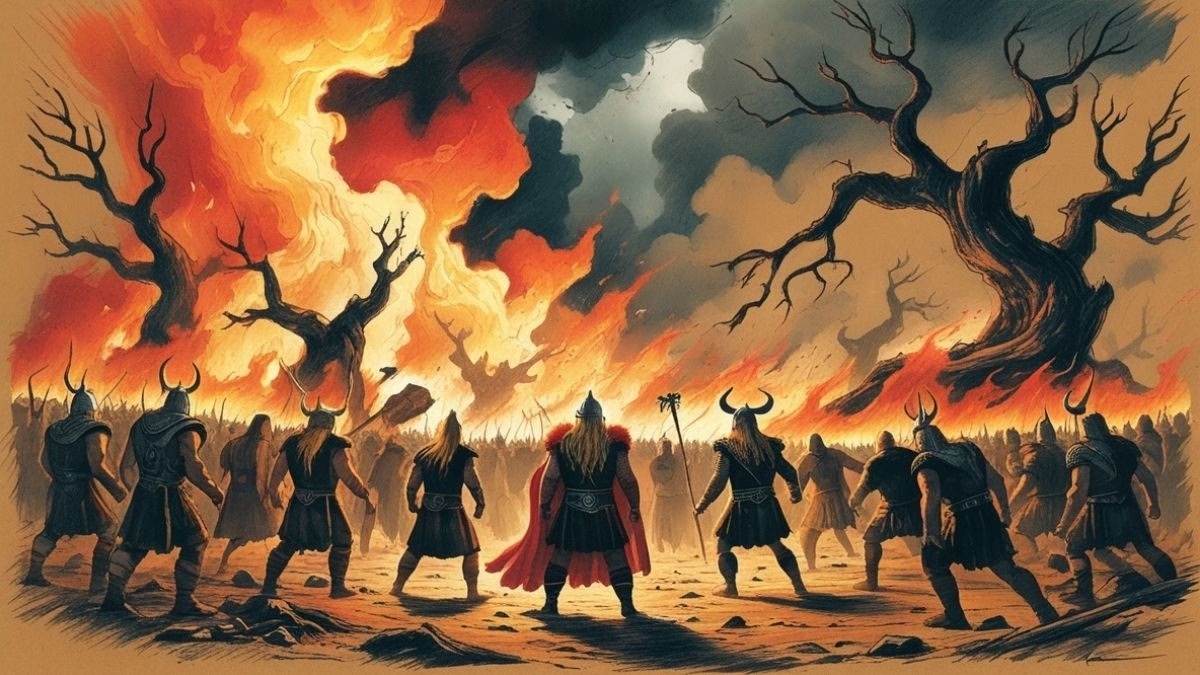
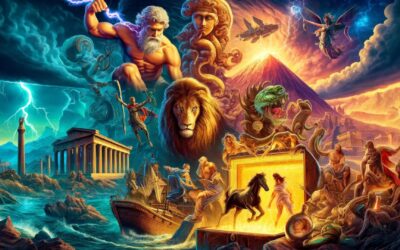


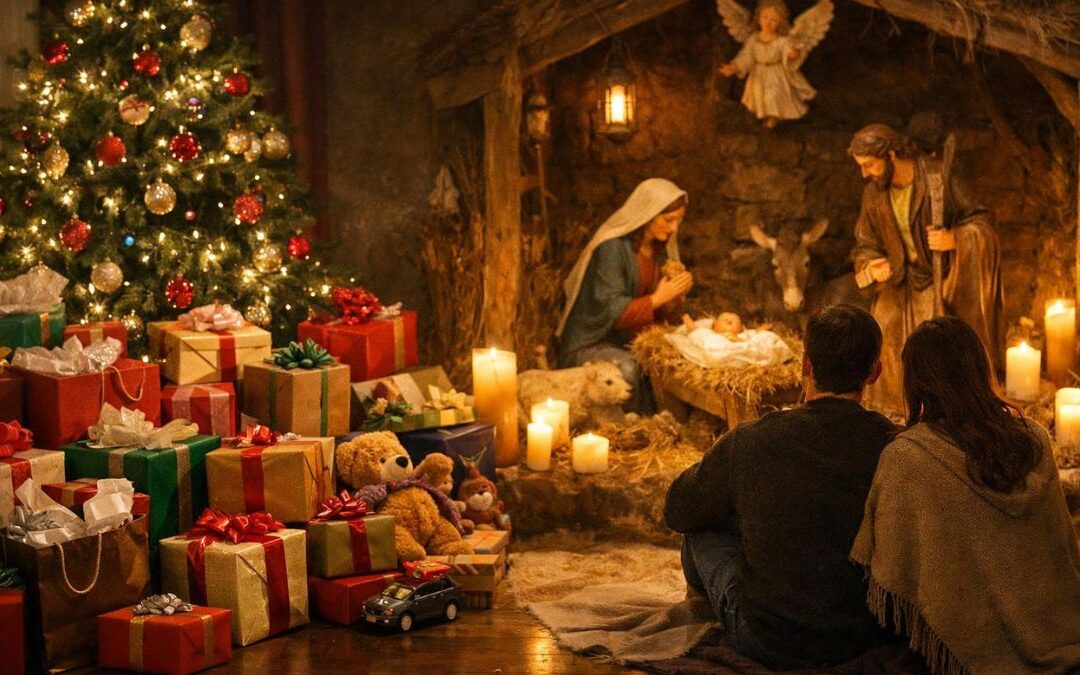

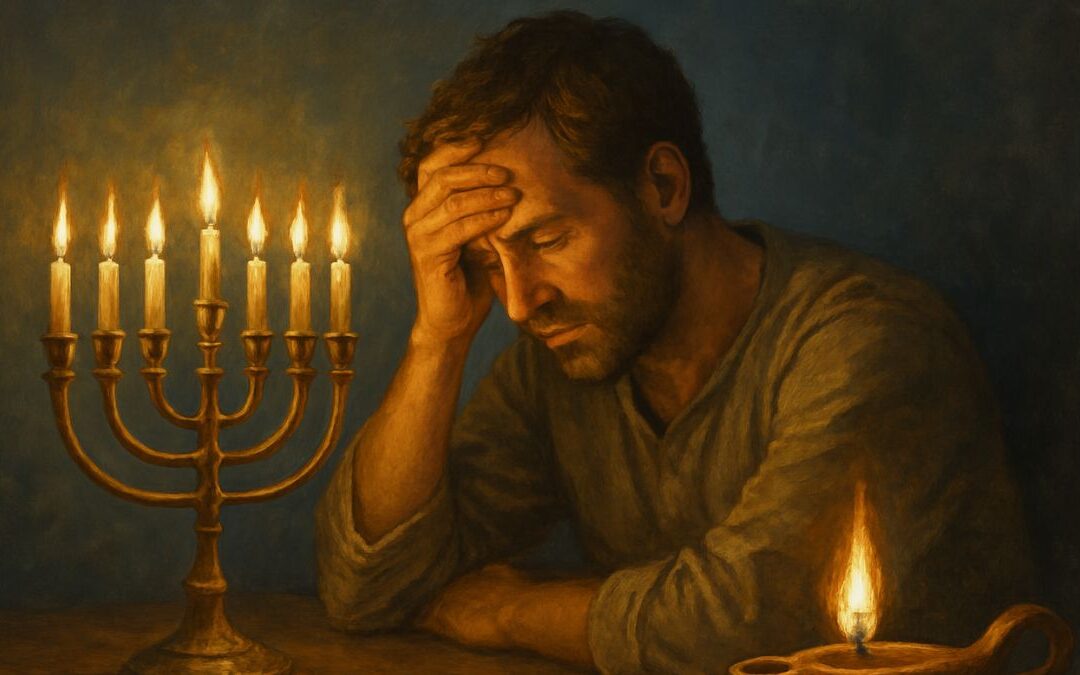
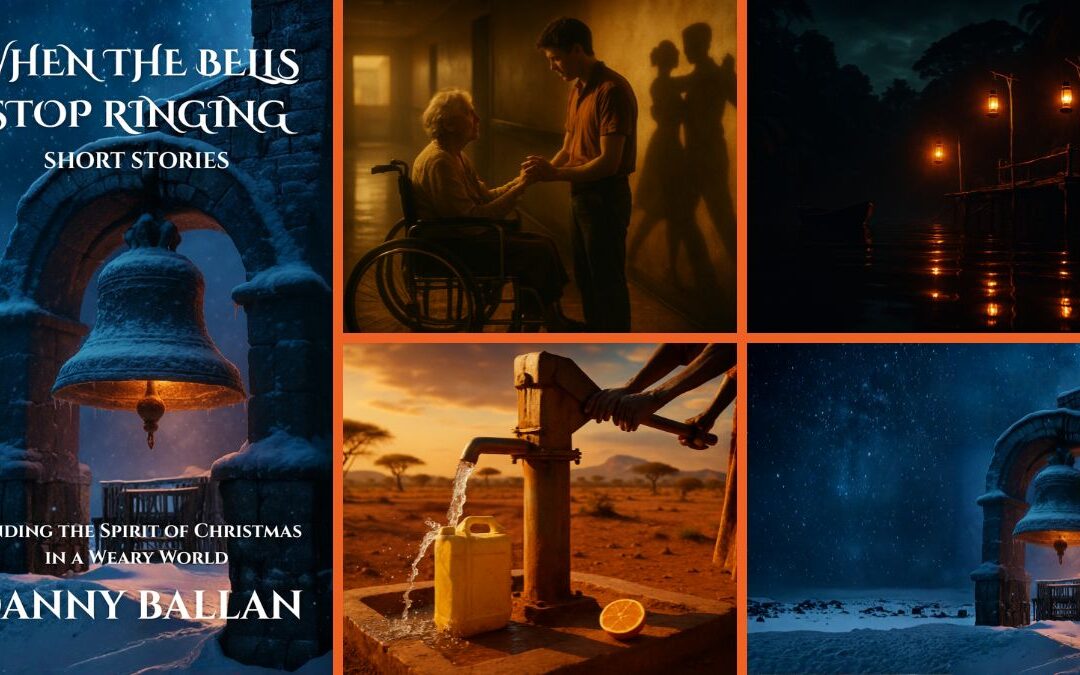
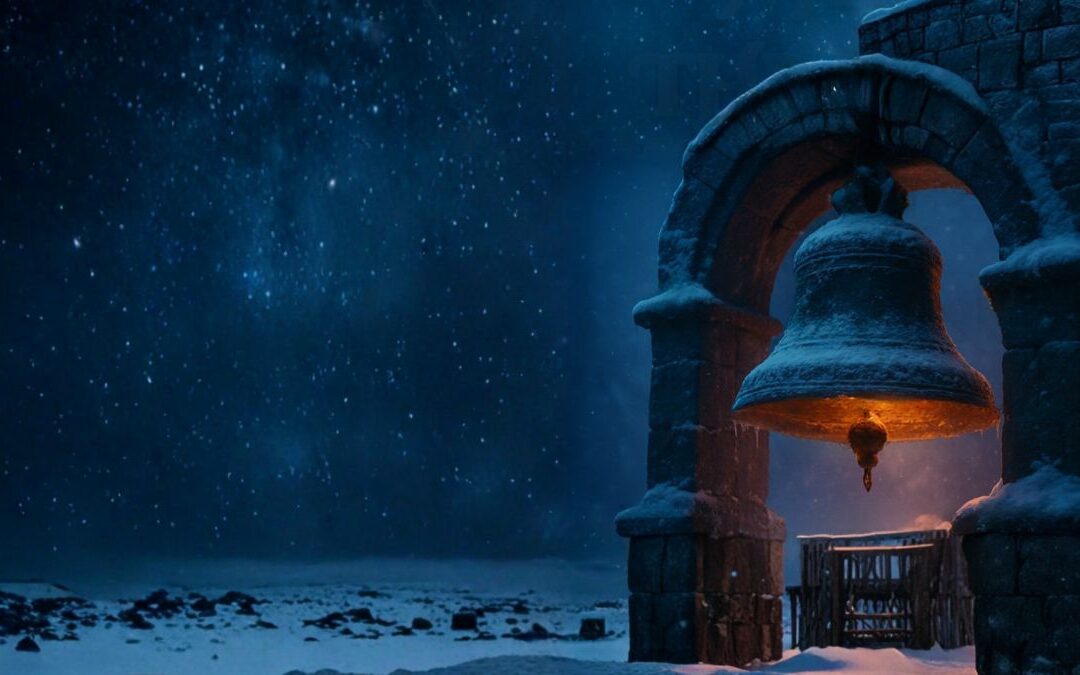

0 Comments